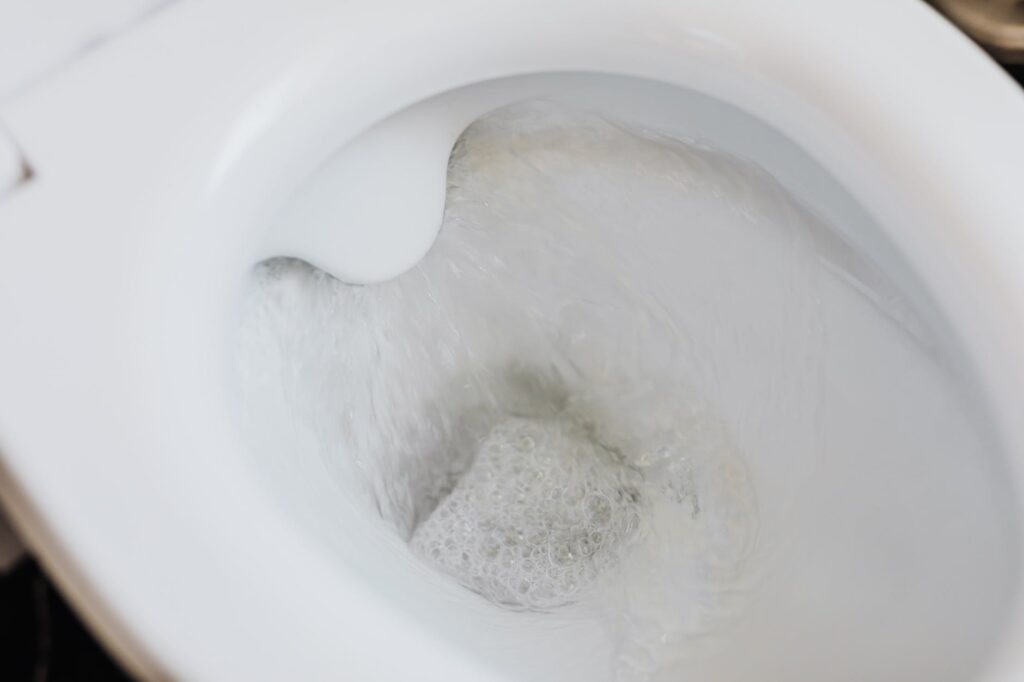
Is your toilet acting like a marathon runner, never taking a break from running water? A constantly running toilet can be not only an annoyance but also a waste of water and money. Lets explore a few common reasons why your toilet keeps running and provide you with practical solutions to stop the never-ending race. Get ready to put on your DIY plumber hat and restore peace and efficiency to your bathroom!
1. Flapper Flaws: Checking for a Leaky Seal:
The flapper, a rubber mechanism inside the toilet tank, is responsible for allowing water to flow from the tank into the bowl during flushing. If it becomes worn, misaligned, or damaged, it can cause a continuous water leak, resulting in a running toilet. Check the flapper for any signs of wear or improper seating. If necessary, replace the flapper to restore a watertight seal and put an end to the marathon.
2. Chain Conundrum: Adjusting the Flapper Chain Length:
The chain connecting the flapper to the toilet handle can sometimes be too long or too short, leading to an improperly functioning flapper. If the chain is too long, it may get tangled or prevent the flapper from closing fully. If it’s too short, it can keep the flapper open, causing a continuous flow of water. Adjust the chain length to ensure the flapper operates smoothly, closing tightly after each flush.
3. Fill Valve Frustrations: Regulating the Water Level:
The fill valve, also known as the ballcock or float valve, controls the water level in the toilet tank. If the water level is set too high, it can result in a constant overflow, leading to a running toilet. Adjust the fill valve to maintain the appropriate water level, typically indicated by a marked line on the overflow tube. This adjustment will prevent water from continuously flowing into the overflow tube and halt the persistent running.
4. Damaged Float: Ensuring Proper Floatation:
The float, typically a ball or cup-shaped device, works in conjunction with the fill valve to regulate the water level in the tank. If the float is damaged or waterlogged, it may lose its buoyancy and cause the fill valve to malfunction. Inspect the float for any cracks or signs of damage. If necessary, replace it to restore its proper function and eliminate the never-ending water flow.
5. Silent Leaks: Detecting and Fixing Undetected Leaks:
Sometimes, the culprit behind a running toilet is a silent leak that goes unnoticed. To detect a silent leak, add a few drops of food coloring to the toilet tank and wait for about 15 minutes without flushing. If the colored water appears in the bowl, you have a leak. Check for worn or faulty parts such as the flapper, fill valve, or flush valve. Replace any damaged components to resolve the leak and prevent water wastage.
Conclusion:
A running toilet doesn’t have to be a perpetual inconvenience. By understanding the common causes behind this plumbing issue and employing the troubleshooting tips discussed, you can save water, money, and your sanity. Whether it’s a faulty flapper, an adjustable chain, a misbehaving fill valve, a damaged float, or an undetected leak, identifying the problem and taking appropriate action will restore peace to your bathroom. So, grab your DIY toolkit, tackle that running toilet, and enjoy a well-deserved victory in the race against wasted water!



